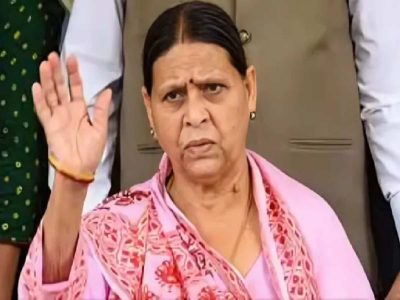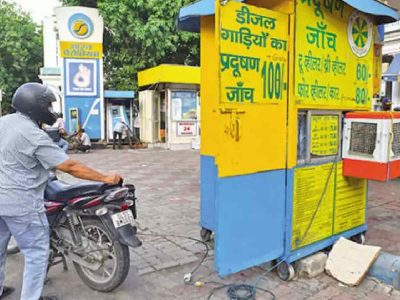When we talk about meat, we imagine succulent chunks falling off the bones as we dig into it. But how often do we find the right balance of tender meat and juicy bones, just cooked enough for one to easily chew it and suck the marrow out?
Or how often do we think of spicy papad wrapped paneer tikkas!
These were some of the fine delicacies at the Sovereign Feast, a food festival at the India Grill at Hilton Garden Inn Saket. As one can now imagine, there were more of such divine bites.
To begin with, Turkish Adana kebabs, slow cooked in their own fat and sprinkled with minimum spices, took one on a gastronomical trip to Istanbul. It was a shot of culinary ecstasy straight to the veins!
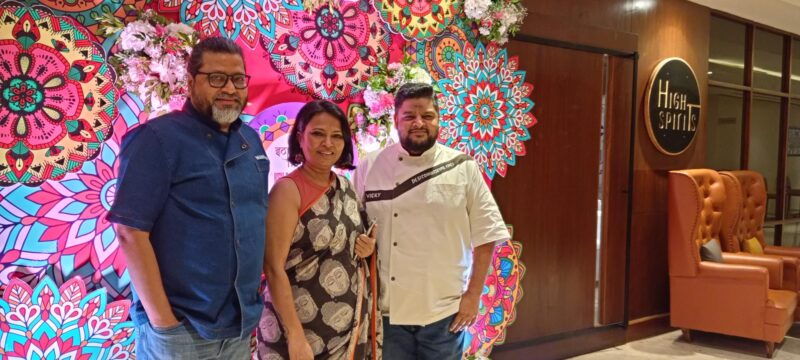
All these were brought together by chefs Maneesh, Vickrham (Vicky) and Ruchi Mittal. Their love for food and its deep cultural connection brought them together from different parts of India.
They served a tantalising blend of flavours from the North-West frontier (Khyber Pakhtunkhwa in Pakistan), Bihar, Bengal, Marwar, and Rajasthan. The menu also featured mouthwatering dishes from Bhopal and Indore, showcasing the incredible unity and rich cultural tapestry of India.
While chef Maneesh hails from Bihar, Vicky’s family roots are from Peshawar, who settled in India following Partition. Today, the both of them are in a constant quest for their culinary roots and have been organising such food festivals for the past six years after quitting their jobs in IT firms.
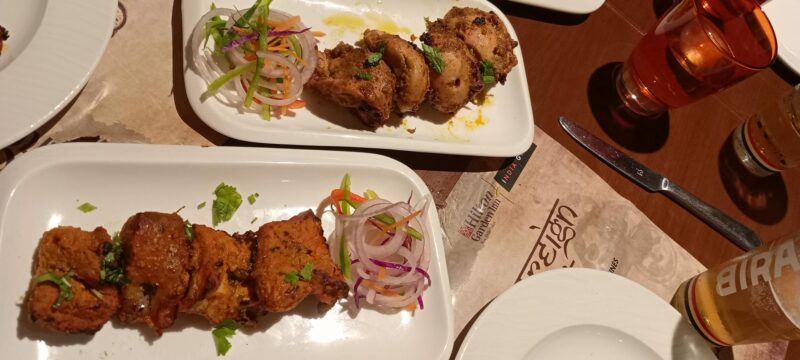
Meanwhile, Ruchi, who was an ayurvedic practitioner, turned into food entrepreneur and blogger, and discovered her passion for international and regional cuisines while in Chennai in 2005. Out of sheer passion for food, she also started documenting her mother’s recipes to keep the family’s legacy alive.
The 10-day food promotion event titled, “Sovereign Feast: Exploring India’s Diversified Cuisines”, hosted a menu that was created by the trio, who carefully curated it to accommodate the flavours of the country with a splash of their own innovation.
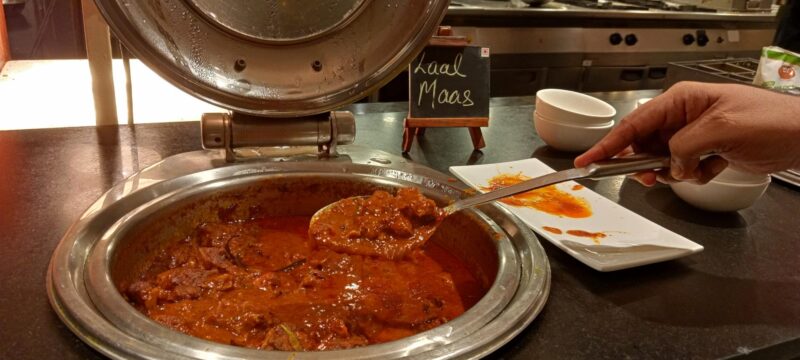
“For example, the papad wrapped paneer — we thought why not mix the Rajasthani obsession with papad to that of Delhi, which is paneer. While most Rajasthanis eat a variety of vegetarian dishes, we don’t quite have paneer because you see the topography doesn’t allow much of dairy. So, we thought of combining the two, which resulted in this beautiful dish,” said Ruchi.
“Every community’s cuisine is shaped by the geography of the region. For example, people in Peshawar have greater access to a world of spices coming from Afghanistan so their side of Punjabis have different food habits than the Indian side,” chef Vicky chimed in.
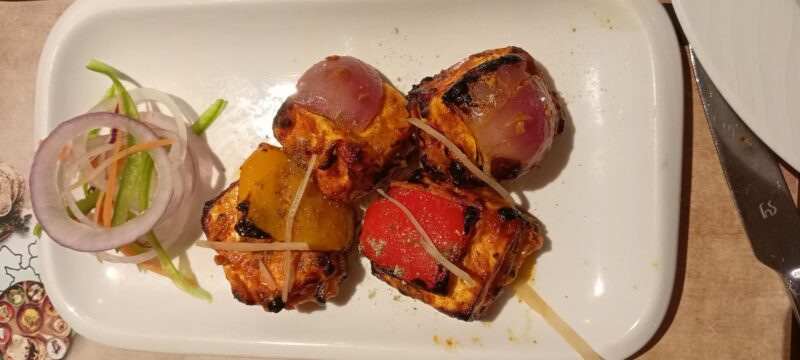
Speaking on spices, Ruchi shared her experiences from south where she learnt about the differences between Malabar, Konkan and Tamilian cuisine.
“They have their own set of spices and ways to include them in order to suit the climate and agricultural produce of the area. Like in Kerala, pepper is produced in abundance so most of their non-vegetarian dishes are cooked with lots of pepper.” she said.
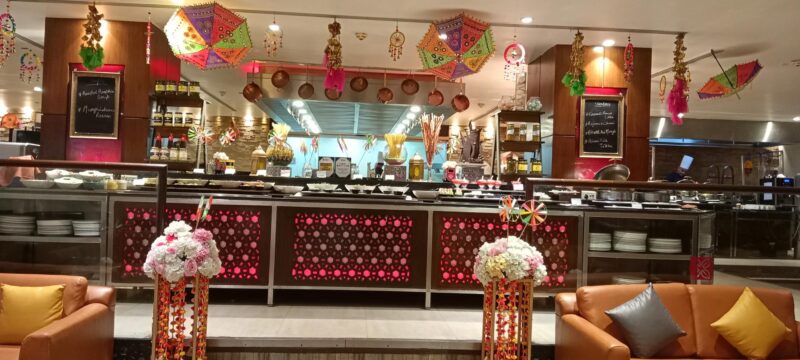
The festival, which ended on August 13, was a melting pot of most parts of India.
The duo, Maneesh and Vicky, have been into food blogging for over six years and have been travelling to different corners of India to learn about the culinary nuances that are distinct to each region.
“My biggest endeavour is to popularise Bihari food and take it to rest of the world. Our fantastic cuisine is so little-known because people associate age-old stereotypes with us and usually look down upon our cuisine. Therefore, people who usually migrate from Bihar find it difficult to embrace their own culture and this way our identity, our food is getting lost. In the age of reels today, suddenly people have discovered this Champaran mutton, but what we get here in Delhi in its name, is far from the right flavours. So, as someone from Bihar, I work to bring out the best of my state’s food,” said Maneesh.
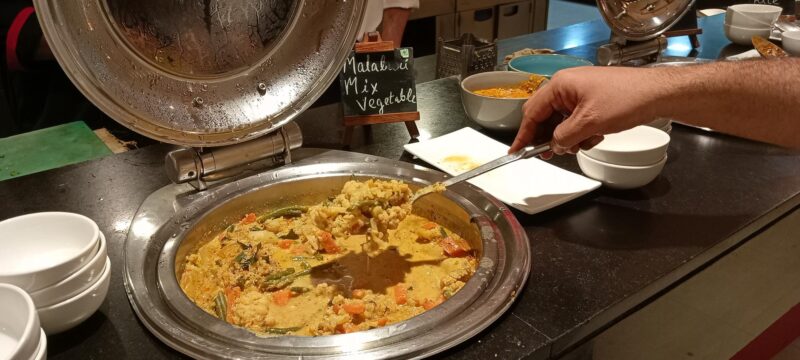
To Vicky, tracing recipes back to Peshawar has been an endearing challenge. Averse to the word “authentic”, he said, “How is any dish described as authentic or original? At least in south Asia, the taste of the same dish differs from one kitchen to another. The same chicken, my neighbour may cook differently. Food is something that keeps changing from one house to another. There is no one standard mould for it,” while describing the contents of Achari Macchi and Bhatti ka Murg.
Pointing towards the Rajasthani Laal Maas, he said that unlike what people believe, it is not supposed to be hot, but gorgeous red in colour with more fragrance.
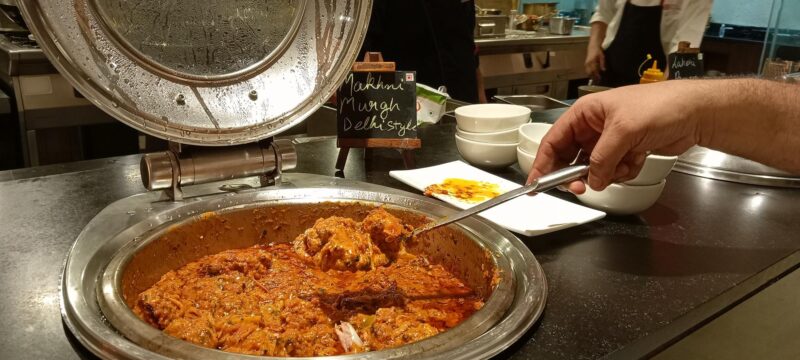
“They use Kashmiri red chillies that are not hot, but give a beautiful red colour. So that’s the flavour we have tried to bring out,” Chef Maneesh.
According to the organisers, Maneesh and Vickrham, the orchestrators of the event, are the “brilliant minds” behind the festival.
They said that the idea was to showcase popular cuisines of India and the unique dishes of home chefs Ruchi Mittal & Pauli Jharia.
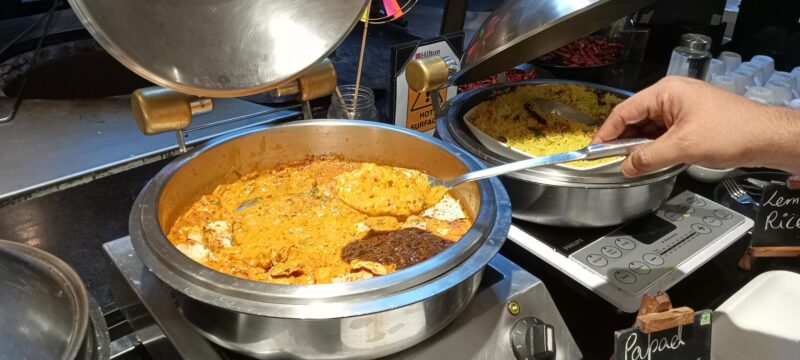
“India’s regional cuisines are a mesmerising mélange of flavors, where every dish tells a story of diverse cultures and traditions coming together to create a tantalising journey for the taste buds. Our utmost endeavour is to bring forth the best of India onto your plates, especially from inside the homes where our most talented home cooks and chefs have been creating these dishes for generations,” concluded Maneesh Srivastava and Vickrham Vicky.


